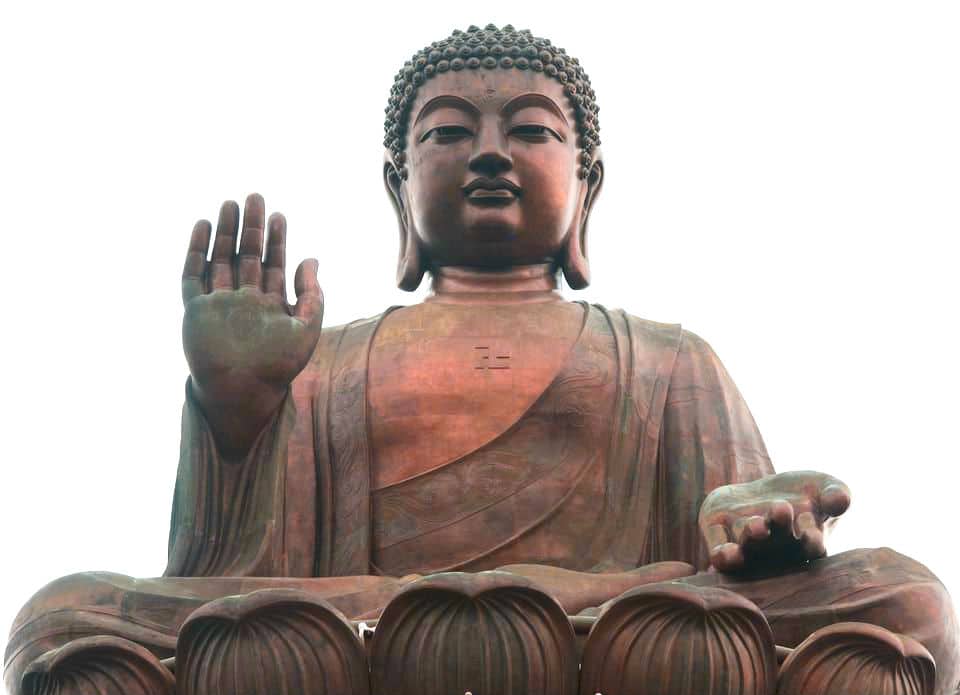The simplicity of the “two hands of nonviolence” can give me quick clarity. I lift one hand, palm forward, saying “I won’t cooperate with your harm to life” and extend one hand about waist high, palm up, saying “I’m here with love.”

I consider their meanings.
My out-facing palm says “stop” to your harm, injustice, and/or oppression. I openly oppose and choose not to cooperate with, buy in, or believe in your life-harming words or actions. I’m willing to show you and, if required, the world how your actions or words harm life by speaking my truth and, if all else fails, use my suffering into a loving, persuasive and powerful message.
My lower, extended hard ldemonstrates how I choose to practice living. I am open to your heart and offer you mine. I am ready and willing to engage in the conversation of life–an interdependence that is sometimes receiving, sometimes giving and often both exchanging. My extended palm reminds me that I’m not abandoning you, your needs, nor me or my needs. Our well-being is tied together.
Together my two hands help me see how I can stand in my truth with love and without forcing my truth on you. I do not submit or rebel, and respect you and that we see things differently. I’m committed to my truth, including the effort required to move toward my truth.
Further, I recognize your truth without condemning you as a being. So I recognize the needs that you are trying to meet and offer an alternative path forward, what Gandhi called a “constructive program,” that is, a path or system that is a viable alternative.
The two hands of nonviolence are attributed to the late writer and activist Barbara Deming’s book Revolution and Equilibrium:
“With one hand we say to one who is angry, or to an oppressor, or to an unjust system, ‘Stop what you are doing. I refuse to honor the role you are choosing to play, I refuse to obey you, I refuse to cooperate with your demands, I refuse to build the walls and the bombs. I refuse to pay for the guns. With this hand I will even interfere with the wrong you are doing. I want to disrupt the easy pattern of your life.’ But then the advocate of nonviolence raises the other hand. It is raised outstretched — maybe with love and sympathy, maybe not — but always outstretched . . . With this hand we say, ‘I won’t let go of you or cast you out of the human race. I have faith that you can make a better choice than you are making now, and I’ll be here when you are ready. Like it or not, we are part of one another.’”
Often simply holding out my two hands is enough to better see how I’d like to proceed.
